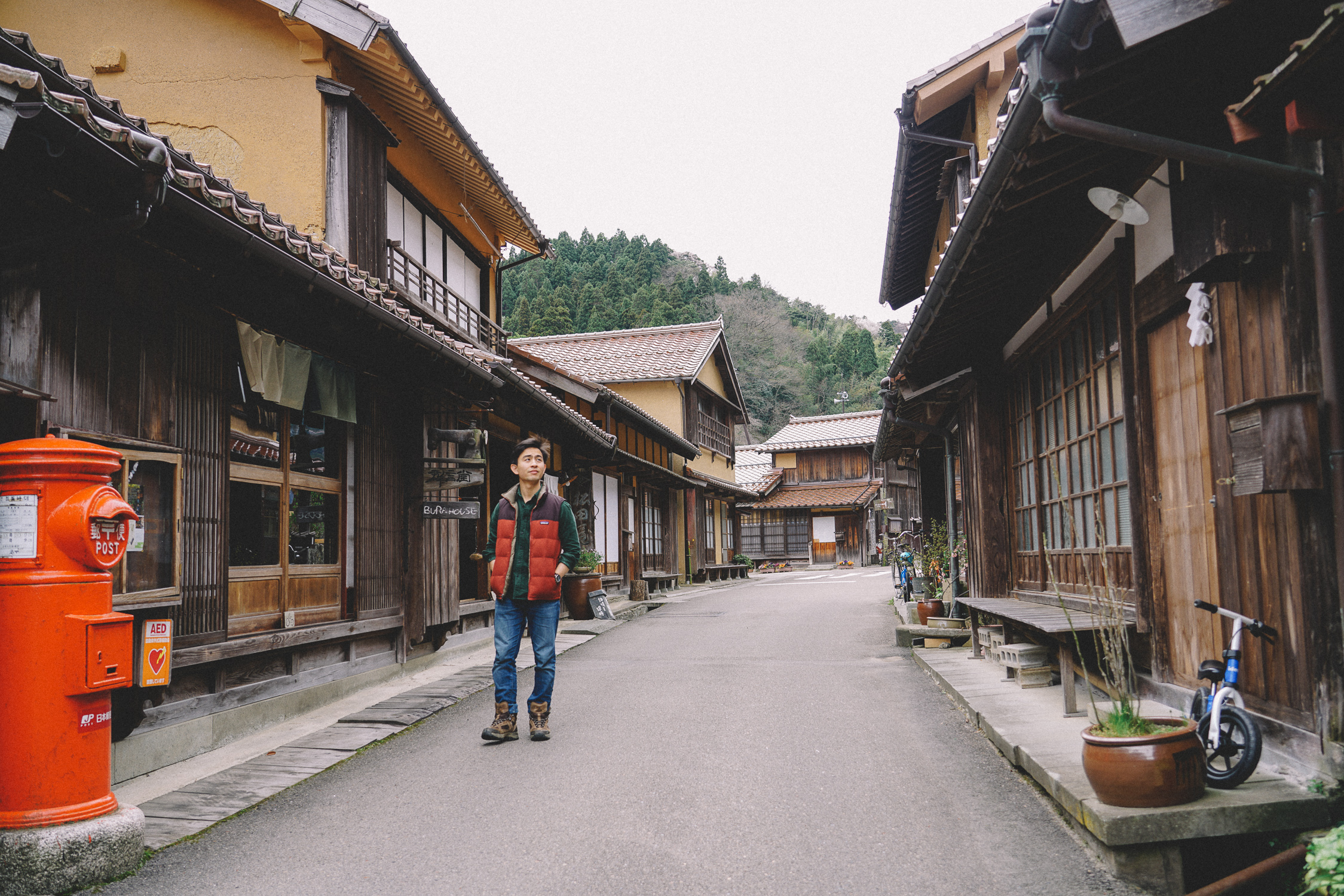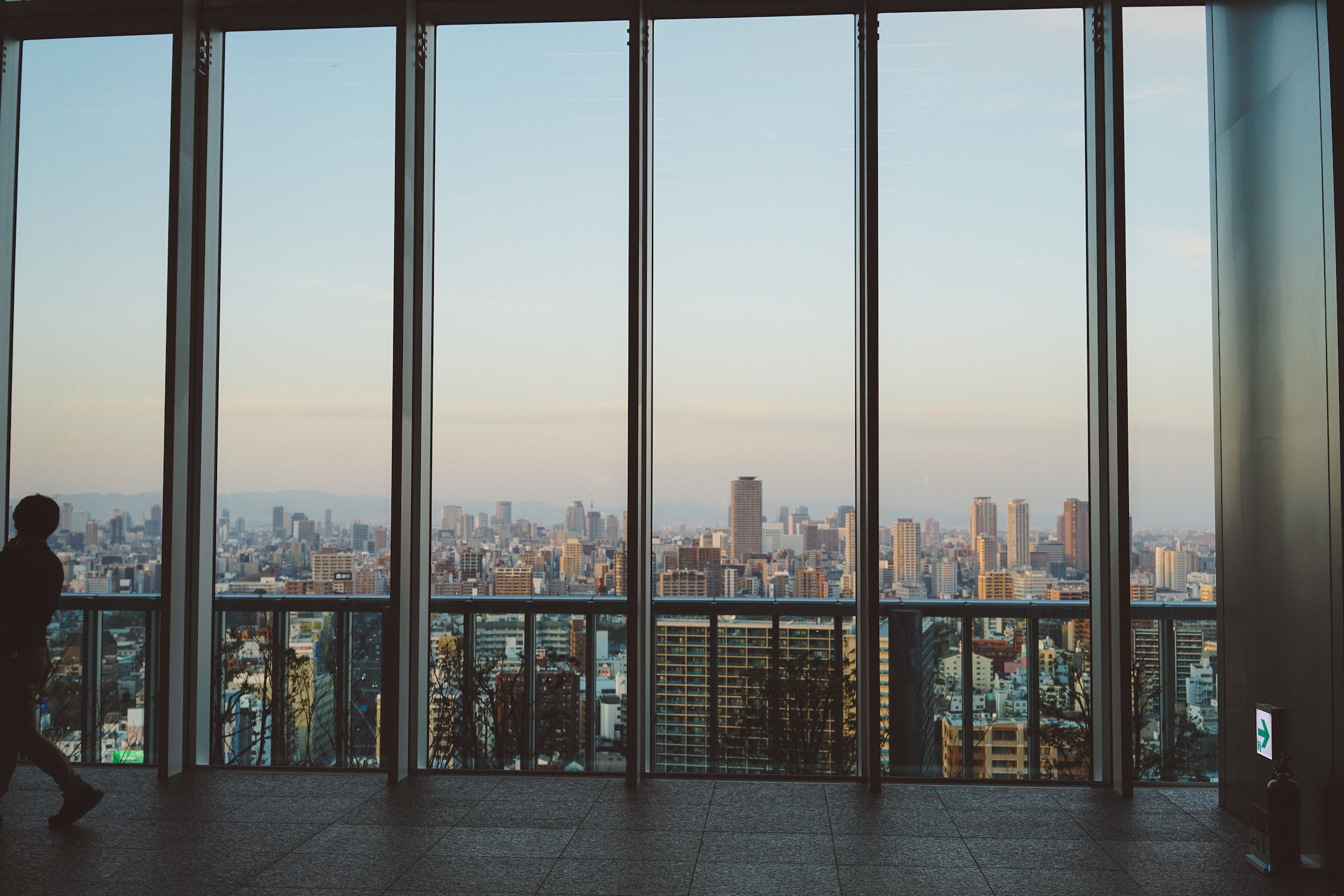Grand Design and Social Hope
Recently there’s been somethings on my mind that has gotten me thinking.
Working here at Gungendo and living in this town of Omori has been one of the best choices I have made in my life. Yes it is a small town of 400 people, but I’ve had the chance to meet and connect with really amazing people, especially with community leaders of small countryside towns from all over Japan.
Although I graduated Berkeley almost a year ago, the themes of hope, alternative living, and the possibility in creating the new meaning of a “life worth living”in this post-growth society which I explored in my thesis are constantly present in my life here in Omori.
It’s almost been a year since I moved to Omori, and I feel like I’m starting have a deeper understanding of what makes a town like Omori one of the many centers of innovation for that lifestyle with new value.
SOCIAL HOPE AND GRAND DESIGN
This is what I arrived upon recently, that this is two of the components so essential in the development of a sustainable, attractive, and realistic countryside town with alternative lifestyles in the Japanese countryside.
So what am I talking about when I say social hope and grand design is:
Social Hope is for something to come true through action with others
Grand Design is to design an overarching blueprint for the future





